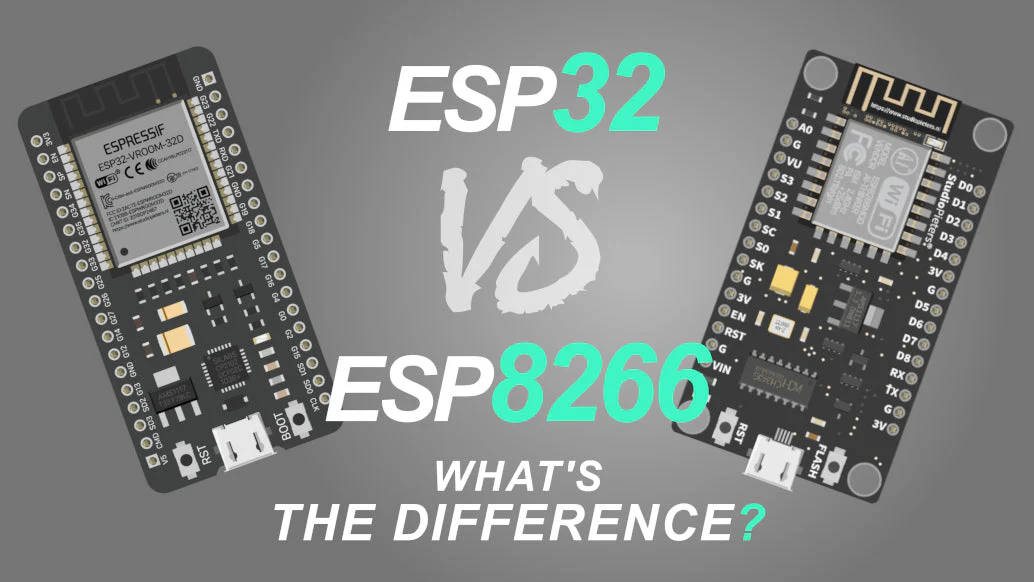


The ESP32 and ESP8684 are microcontroller platforms developed by Espressif Systems, both designed for Internet of Things (IoT) applications. While they share some similarities, they differ significantly in terms of capabilities, features, and target use cases. Below is a detailed comparison highlighting these differences.
The ESP32 is a versatile, high-performance microcontroller featuring dual-core or single-core Xtensa LX6 processors. With clock speeds up to 240 MHz, it offers robust processing power for complex applications, including multimedia, AI, and data processing.
The ESP8684 is a more compact and cost-efficient solution, equipped with a single-core RISC-V processor running at a lower clock speed compared to the ESP32. Its simpler architecture is tailored for low-power and basic IoT applications.
o SRAM: The ESP32 typically offers 520 KB of SRAM, with additional external RAM support in certain variants
o Flash: It supports up to 16 MB of flash memory, providing ample storage for complex firmware and additional libraries.
o SRAM: The ESP8684 is equipped with a smaller 128 KB of SRAM.
o Flash: Its flash memory is limited to 4 MB, sufficient for lightweight applications but restrictive for more demanding ones.
The ESP32 supports a wide range of wireless communication protocols, including:
The ESP8684 focuses primarily on Wi-Fi (802.11 b/g/n) and does not include native Bluetooth support. This makes it a less versatile option for applications requiring multi-protocol communication.
The ESP32 offers a rich set of peripheral interfaces:
While the ESP8684 also provides GPIOs and basic interfaces like UART, I2C, and SPI, it has fewer pins and does not include advanced peripherals such as DACs or capacitive touch sensors. This limits its application scope in comparison to the ESP32
The ESP32, with its extensive feature set, is priced higher than the ESP8684. It is widely available and often used in projects requiring high processing power and multiple connectivity options.
The ESP8684 is designed as a cost-effective alternative to the ESP32. Its affordability and reduced complexity make it a preferred choice for simple IoT projects.
Ideal for complex IoT applications, including smart home automation, voice processing, multimedia, and AI-enabled devices.
Best suited for basic IoT solutions such as environmental monitoring, simple automation tasks, and applications where cost and power efficiency are critical
The ESP32 and ESP8684 cater to different segments of IoT development. The ESP32 stands out as a high-performance platform with extensive features and flexibility, while the ESP8684 offers a lightweight, cost-effective solution for simpler tasks. Developers must choose between the two based on their project's complexity, budget, and power requirements.